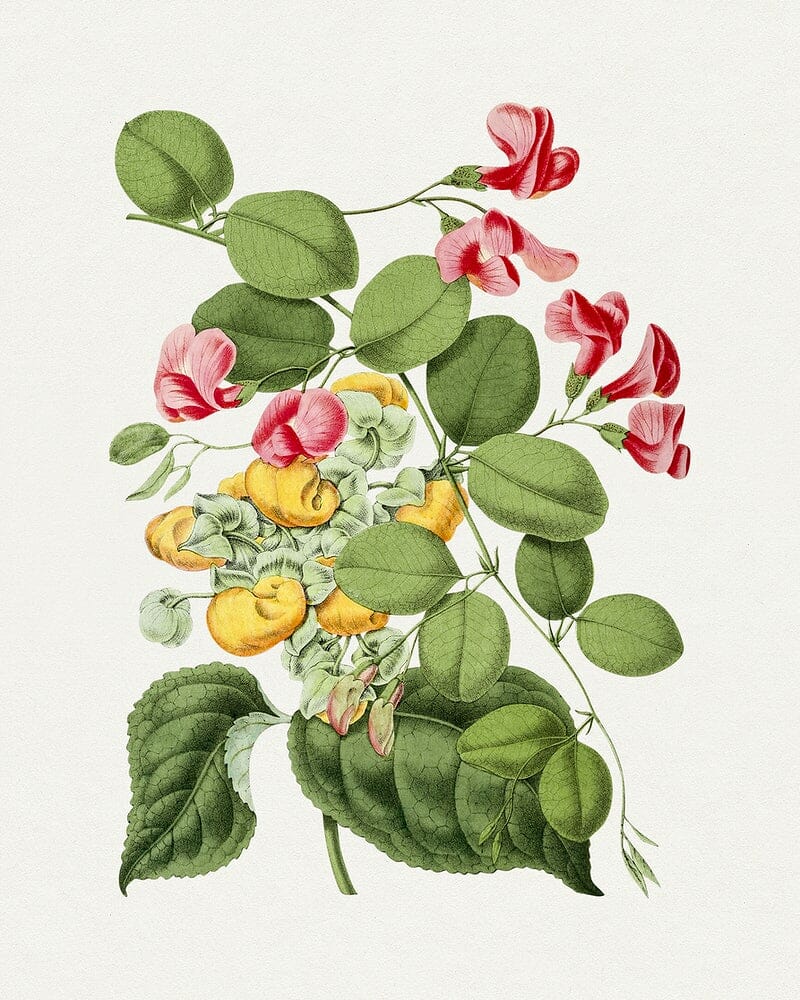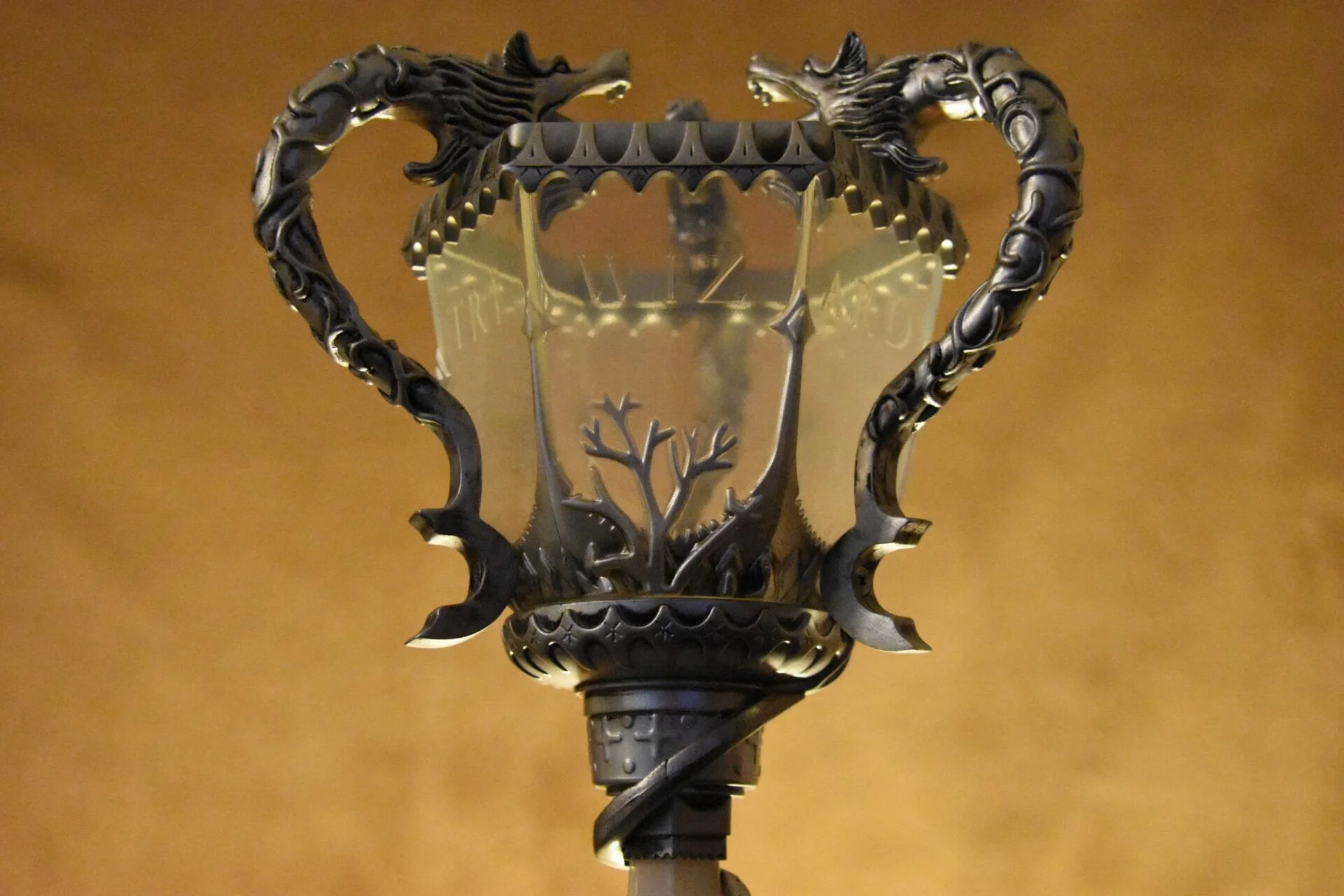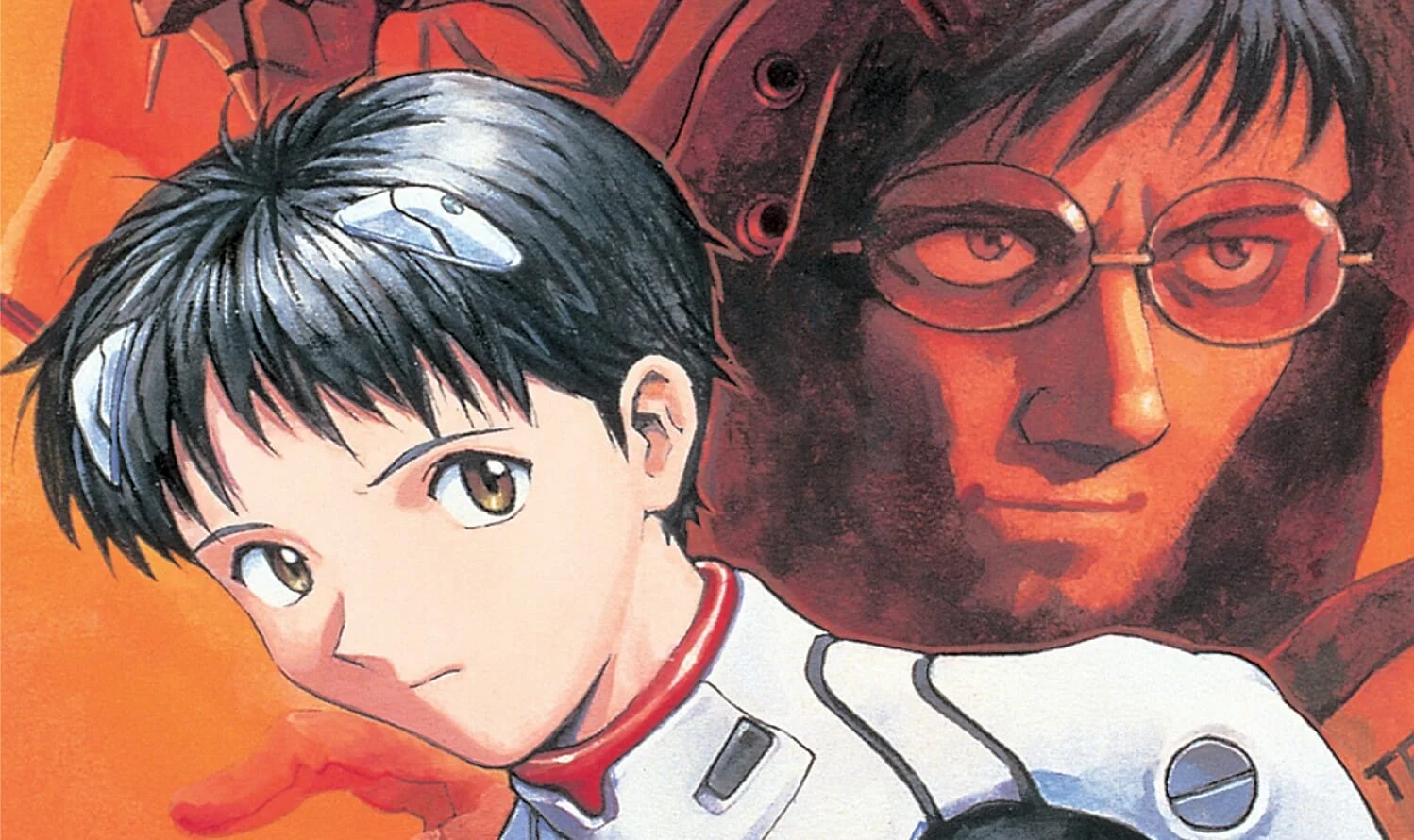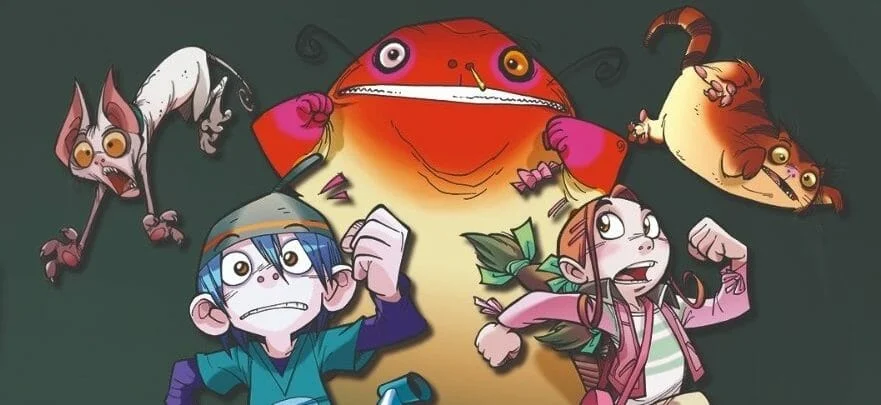
Harry Potter and the Philosopher's Stone | The boy who lived
Author
Format
Length
A young woman sits in a pub in Edinburgh. Her name is Joanne Rowling and she’s a single mother writing a novel: the title of it is Harry Potter and the Philosopher’s Stone. In 1990, on a delayed train to London Kings Cross station, the central idea for the book came to her mind. Until that moment her life has been normal, though somewhat unlucky. The same can be said about Harry Potter: an eleven-year-old orphan who grew up with some not-so-lovely uncles. Like his author, he was born on the 31st of July, and as far as he can remember, sometimes he’s involved in strange, magical events. Not by chance, Harry’s life won’t be the same after he crosses platform 9 3/4 in Kings Cross. Like Rowling, Harry can’t imagine how much his life will change shortly afterwards.
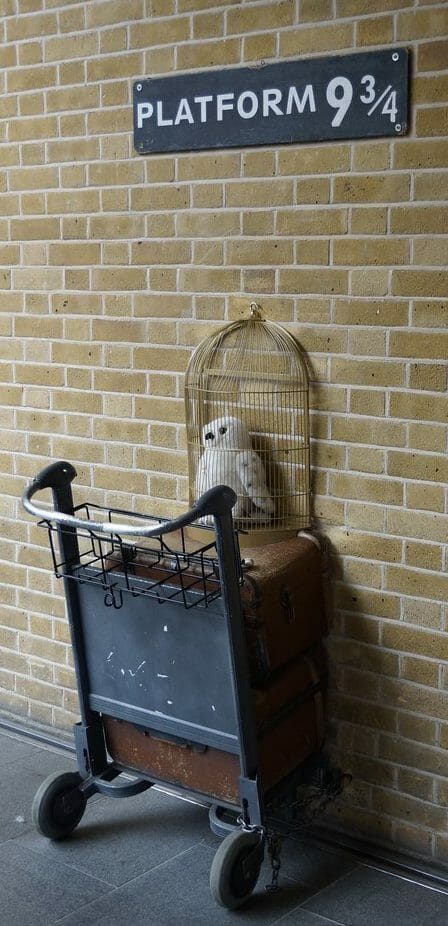
Bloomsbury published Harry Potter and the Philosopher’s Stone in June 1997 and before the end of the century it reached the top of the New York Times list of best-selling fiction; by now, with more than 120 million copies sold and in print, it’s the second best-selling novel of all time. Its worldwide success peaked after the distribution of the film of the book which came out in 2001.
“There won’t be a child in our world who doesn’t know his name”
Harry Potter is just a baby when he is abandoned on the doorstep of his uncles, Mr. and Mrs. Dursley. He grows up with them and his bullying cousin, Dudley, unaware of his origins. One day, Harry receives letters, but his uncle prevents him from reading them. The Dursleys try to run away with Harry, but, on the day of his eleventh birthday, a giant man bursts into their remote house. His name is Hagrid and he’s there to announce that Harry was admitted to Hogwarts School of Witchcraft and Wizardry. Following this, the boy finds out that he’s a wizard, as his parents were, while his uncles are ‘muggles’ – born without magic powers.
On his way to Hogwarts, Harry meets his best friends-to-be: Ron Weasley and Hermione Granger. Shortly after his arrival at school, before the so-called Sorting Hat assigns students to their houses, he runs foul of Draco Malfoy, too. As lessons proceed, he meets his various professors: Minerva McGonagall, teaching Transfiguration, Severus Snape, an expert in Potions, Quirrell, who teaches Defence Against the Dark Arts, and the headmaster Albus Dumbledore. Harry doesn’t know anything about this new world, but everybody seems to know him. Through his new friends, he discovers the reason. The most evil wizard the world has ever known, Lord Voldemort, killed Harry’s parents. He tried to murder Harry, too, but his spell bounced back, leaving the child with a scar on his forehead and making him “the boy who lived”.
Ten years later, Lord Voldemort is coming back, looking for the only thing which could give him back his life: Nicolas Flamel’s Philosopher’s Stone. Despite being quite young, Harry and his friends will do whatever they can to prevent their enemy from finding the stone, to save both the school and the magic community.
New saga and medieval magic
A medieval atmosphere permeates Hogwarts’ world. From the costumes to the setting, which is a gothic castle set between a lake and a dark forest. J.K. Rowling took inspiration from English folklore and literature, but also from classical culture. This last is evident in many of the names, reflecting the characters’ personalities as Greek epic ones, but also from spells, that sound Latin.
As analyzed by Cornelio Agrippa, the medieval concept of magic was different from the contemporary one. It was a discipline close to the study of nature and involved a deep contact with it. Magic enabled people to enslave natural forces. Following this idea, Hogwarts’ curses include herbology and astronomy, to discover plants and stars’ powers. Students also deal with potions, as apothecaries and alchemists, and Defence Against the Dark Arts. This latter teaches them how to recognize dark wizardry and how to defend themselves against evil forces. And they take flight lessons from Madam Hooch. But differently from folkloric witches, students also use their brooms to play Quidditch, the most popular magic sport.
Philosopher Pietro Pomponazzi highlights how not every person can deal with magic, but only those who are gifted with special power. The same difference which occurs between wizards and muggles. And in the same way as knights had a sword so witches and wizards have a wand to channel their powers. This is another overlap with medieval magic since philosophers used to believe the wand allowed the wizard to come into contact with nature. To make their spells work, wands had to reflect their owner’s spirit. Only particular woods, cut in an exact moment, are suitable to create a wand, and with specific materials forming its core.
The wand chooses the wizard, Mr. Potter.
At the beginning of Harry Potter and the Philosopher’s Stone, the boy has to buy everything he’ll need at Hogwarts, including his first wand. Ollivander‘s, the expert wand manufacturer, lets him try various sticks to find the perfect one. Before discovering that Harry’s wand will be exactly the same as Lord Voldemort’s.
Themes through the time
As many academics have underlined, in Harry Potter’s saga there are some similarities with Jane Austen‘s works, of which Rowling is a great admirer. Both encourage multiple readings since a lot of details only start to become clear after the first one. As with Elizabeth Bennet in Pride and Prejudice, Harry often goes back on his decisions and re-examines his ideas. Besides, elements that seem insignificant often foreshadow events and characters that will have great importance later in the story.
Besides humans, animals are of great importance in Harry Potter’s world. Especially as pets, since every student can bring to Hogwarts a cat, a howl, a mouse, or a toad as familiar, and fantastic creatures. Most of those come from mythology: during his first year at school, Harry meets a troll, a unicorn, a centaur, various ghosts, and a three-headed dog.
Although the magic world can be dangerous and dark, it’s the only place where Harry feels at home. Coming from a world he doesn’t feel he belongs to, Harry finds shelter in Hogwarts. So, while the muggles’ world is a harsh place for Harry, Hogwarts becomes a parallel world where he can feel himself. His real identity, which he had to hide when he used to live with the Dursleys can now be expressed. That allows him to finally meet friends. And, as Harry will find out, there’s no spell more potent than love and friendship.
Books! And cleverness! There are more important things – friendship and bravery.
The fight between Harry and Voldemort reflects the archetype of the never-ending battle between good and evil, light and shadow. With her ability to put big themes into dialogue with young characters, J.K. Rowling makes it possible for readers of any age to enter this world and to dream.
Philosopher’stone or Sorcerer’s stone?
Translated into over 80 languages, the first episode of the Harry Potter saga has considerable differences in each of its versions. The British and the American versions’ changes are the most well-known. Thinking that the original title would not appeal to young readers, the U.S version is called Harry Potter and the Sorcerer’s Stone, focusing on the magical aspect of the story. Going overseas, motorbike turns into motorcycle, jumper into sweater, Harry is more cheeky and the reader finds the description of Dean Thomas and the tale of his sorting.
Details or not, each version always creates a familiar and magic world, where readers and Potterheads would like to stay living fantastic adventures.
Tag
Buy a ☕ for Hypercritic





